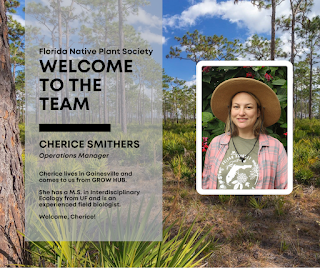Study Names Three New Species of Lupines in Florida

A newly published study of lupines in Florida names three new species, all of which are endemic. The rigorous, exhaustive study also raises the rank of one species variation to the species level, a move that may help conservation efforts to protect the species. Authors Edwin Bridges and Steve Orzell focused on the unifoliate group of the genus Lupinus in Florida for their study published in Phytoneuron . (Unifoliate species have a type of compound leaf that consists of a single leaflet.) This unifoliate-leaved group is also known to be a clade, meaning its members share a common ancestor. Bridges and Orzell obtained DNA sequencing data of the unifoliate Florida clade of Lupinus using RADseq, short for restriction-site DNA sequencing. RADseq is a relatively new, cost-effective technology that allows for comparisons of populations at the genetic level. The researchers combined their genetic data with morphologic, geographic and ecologic data — an approach known as “integrative taxonomy”


